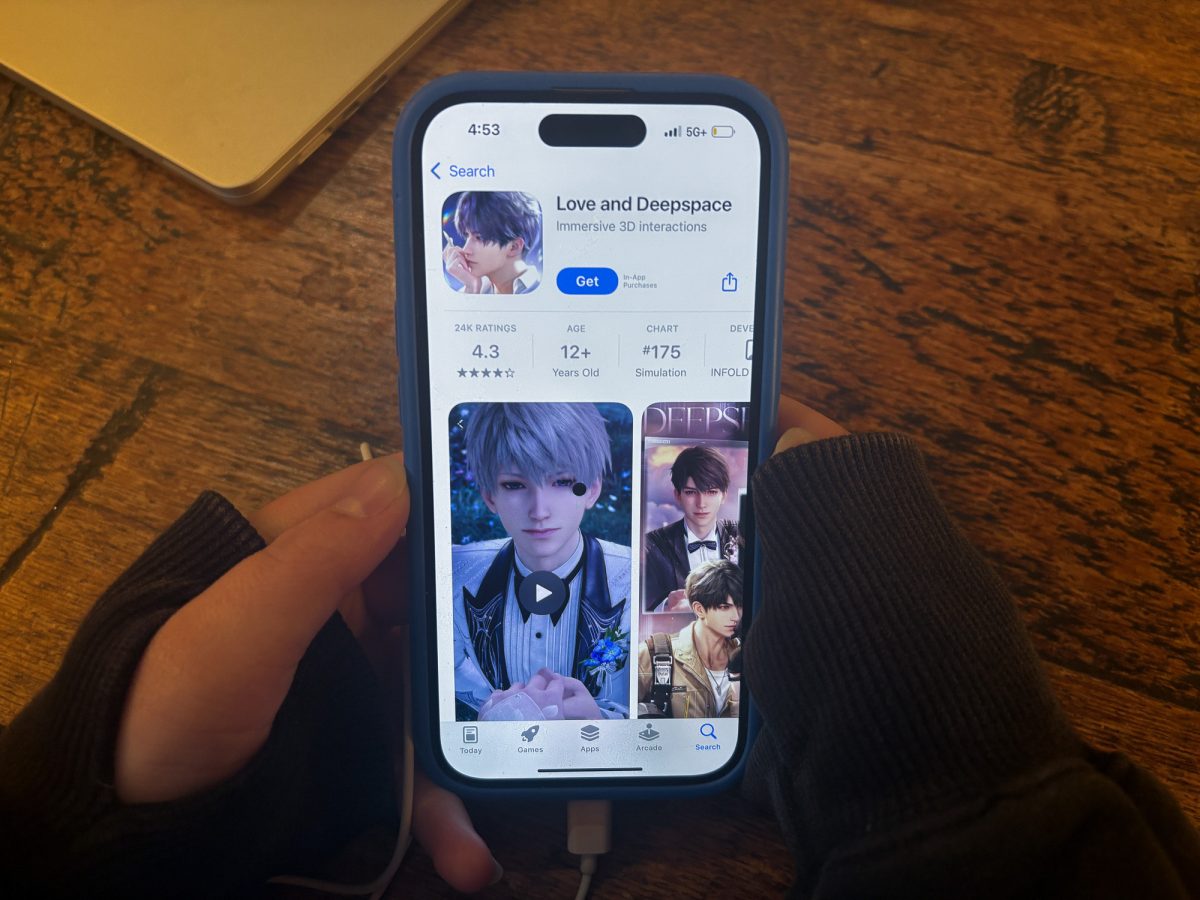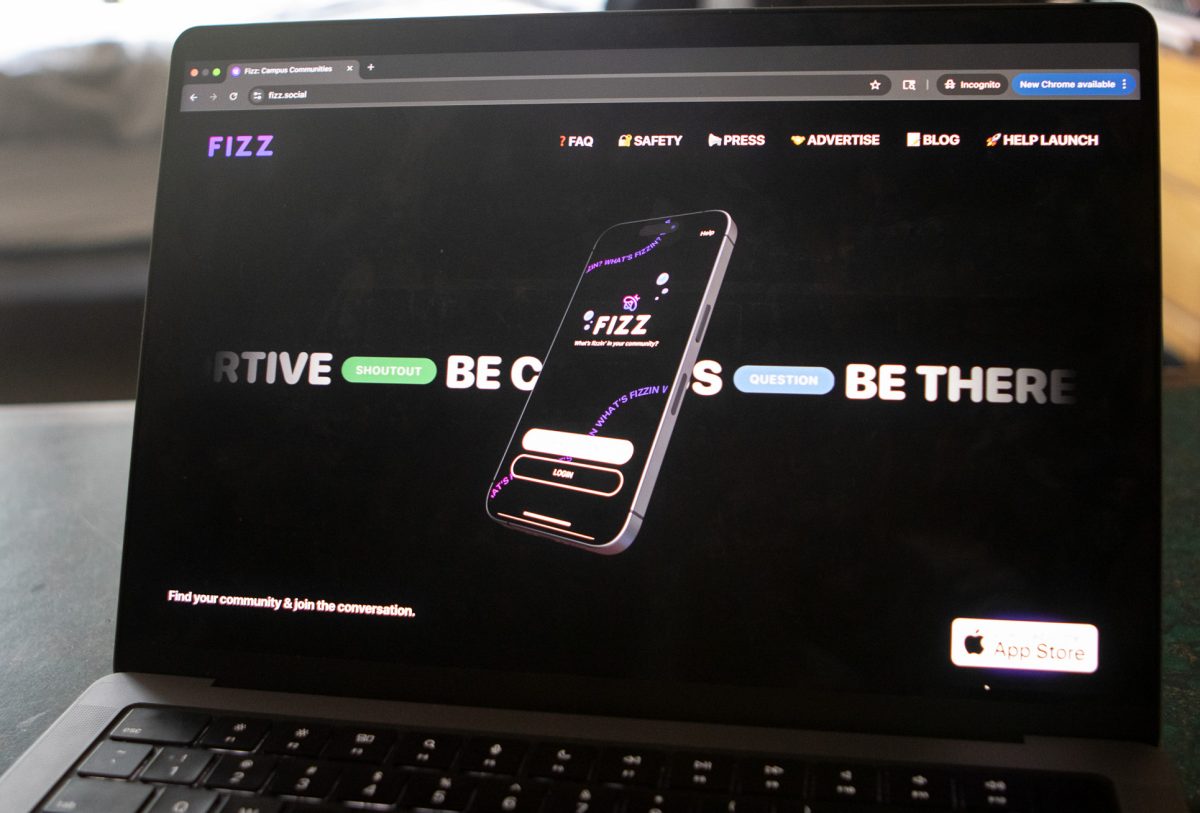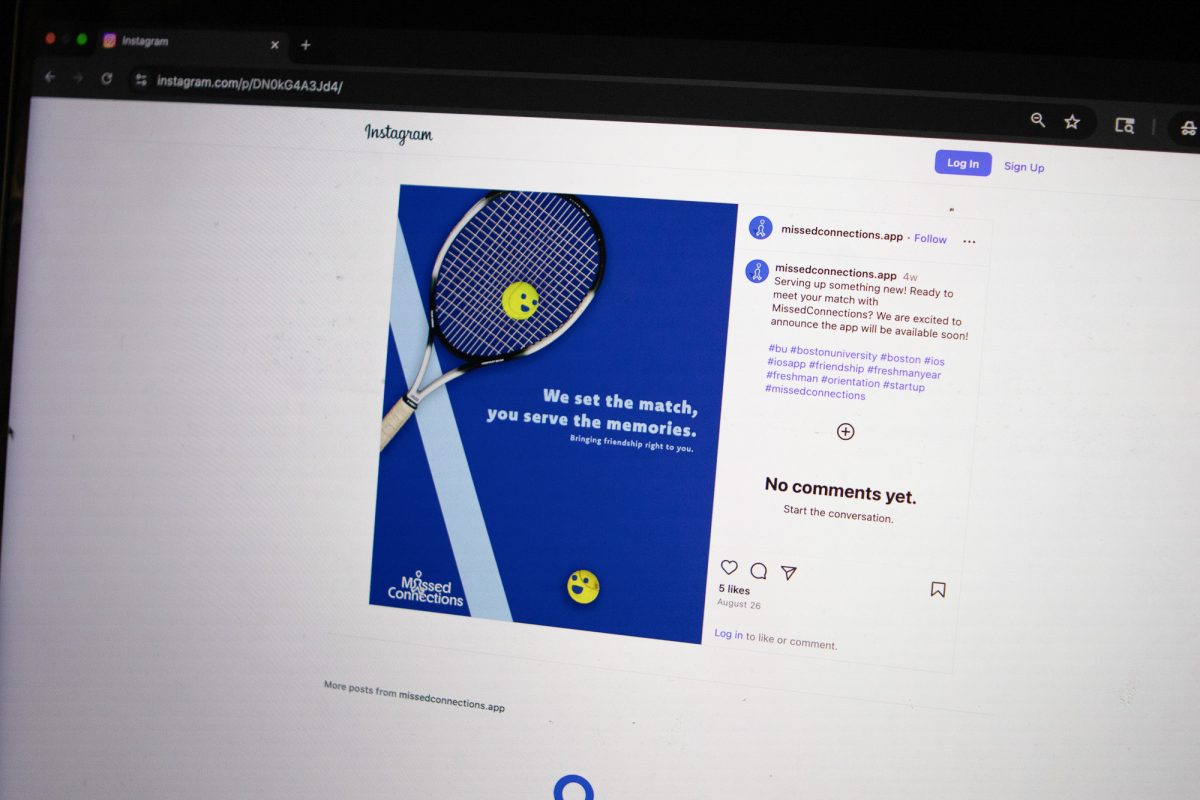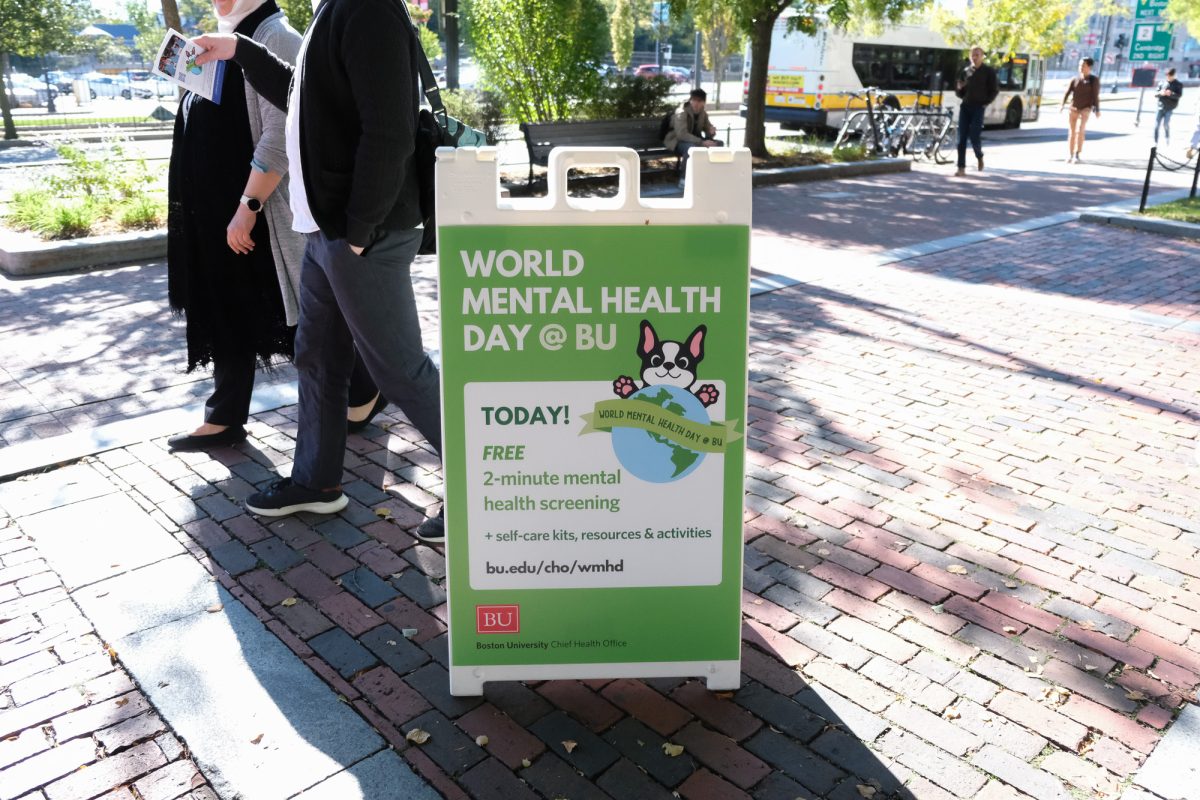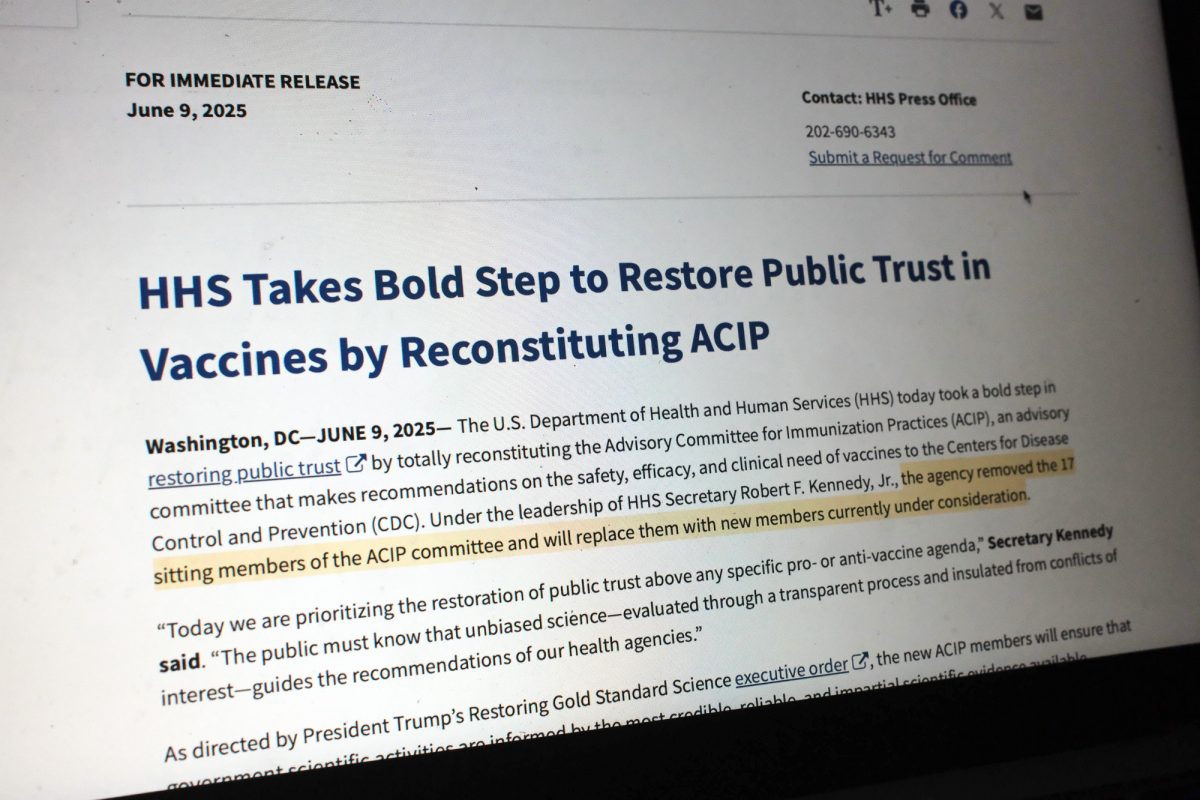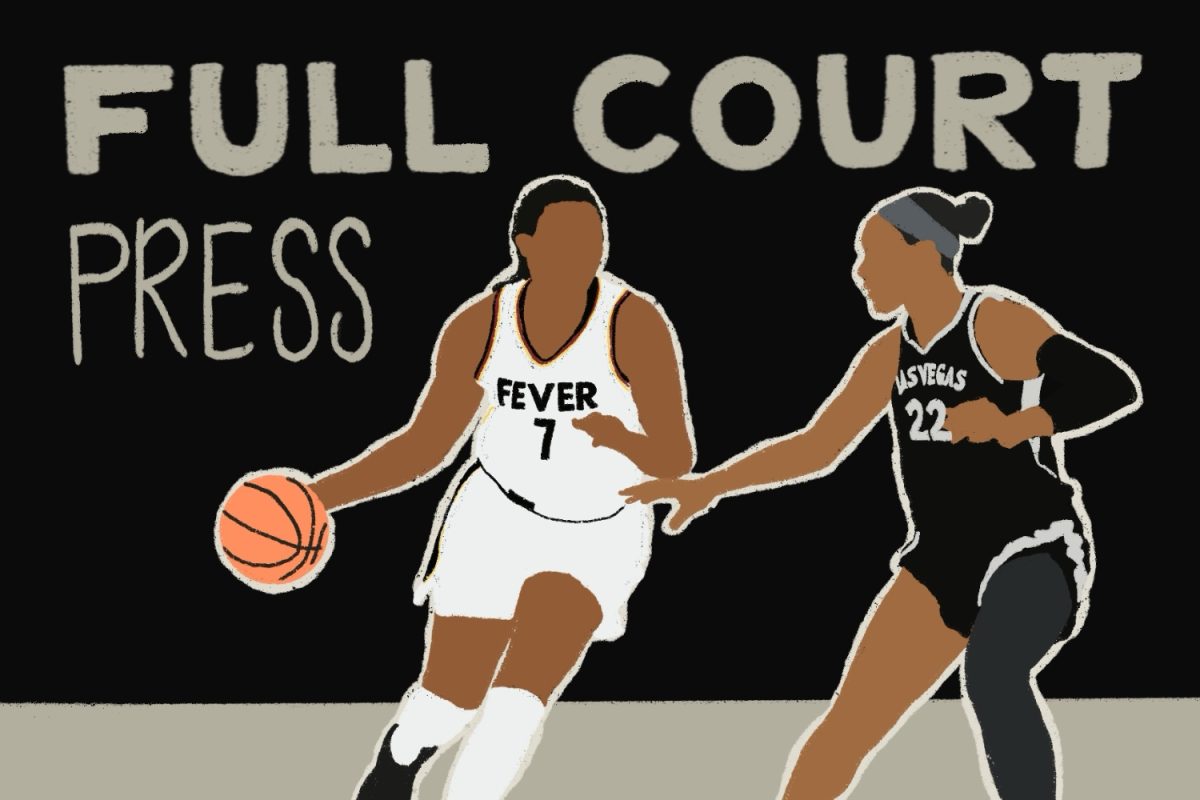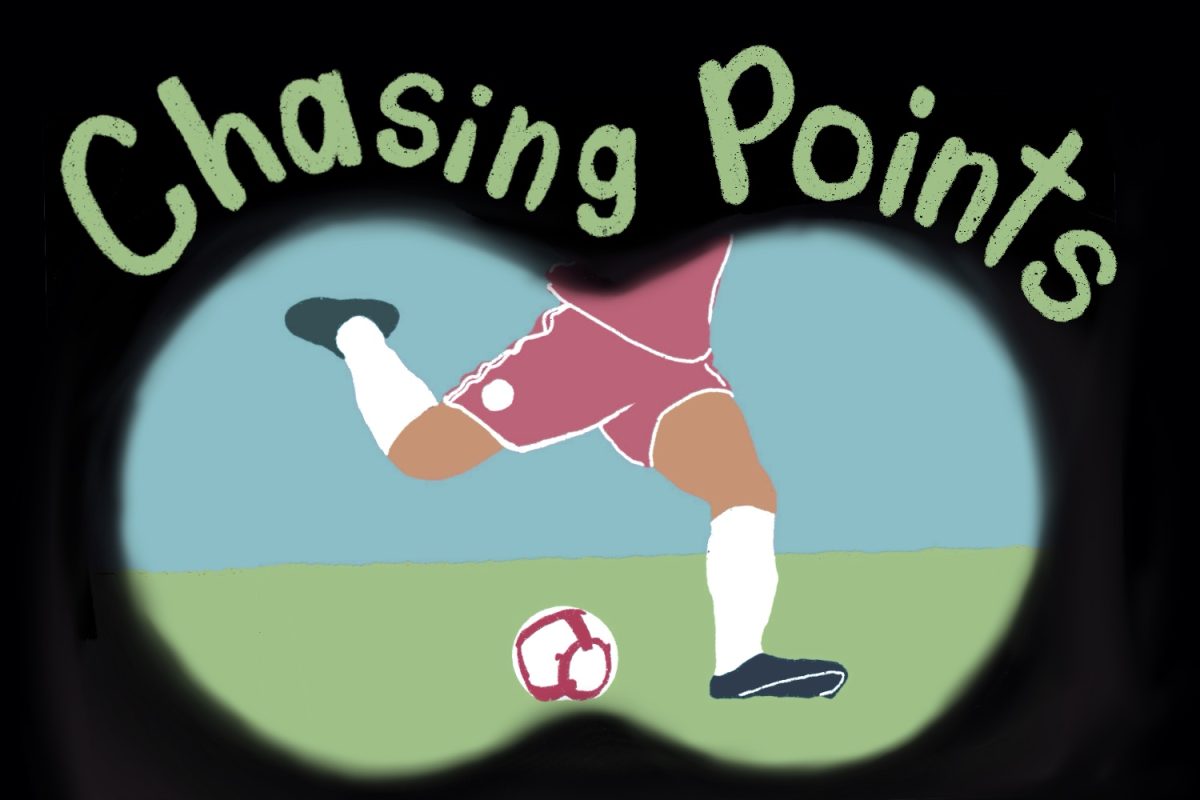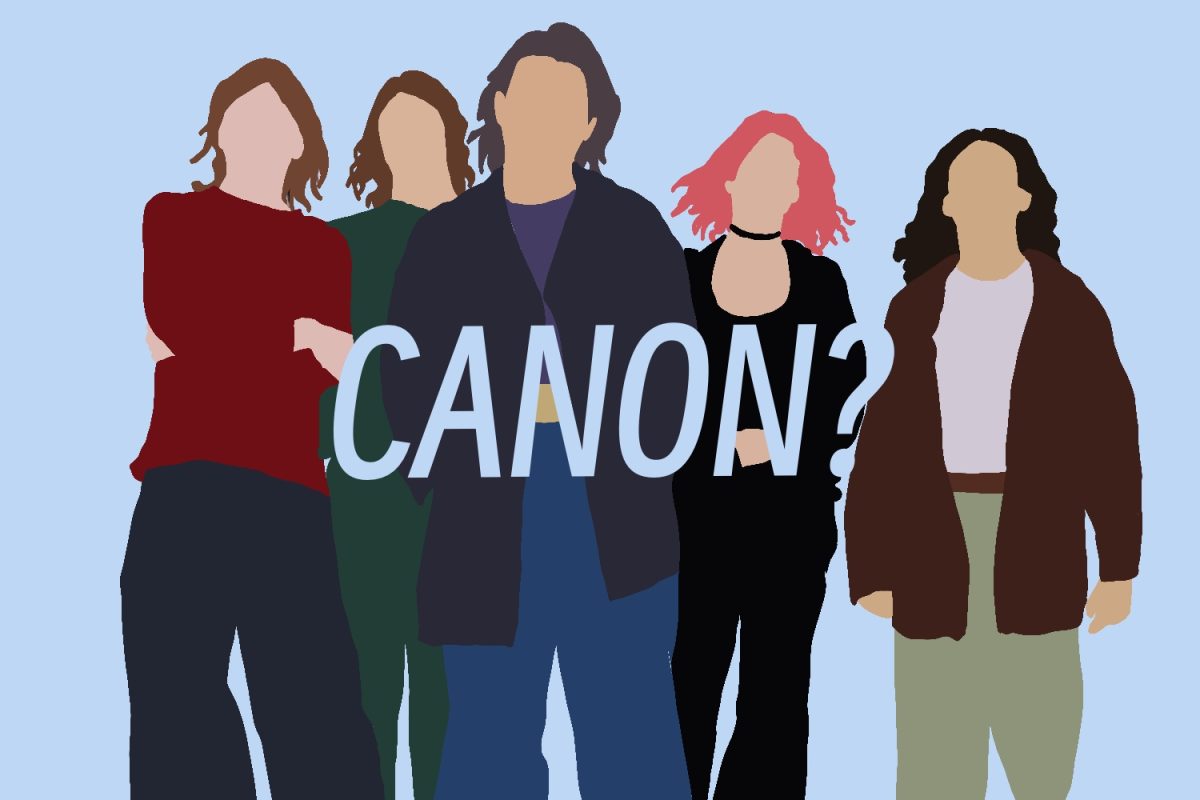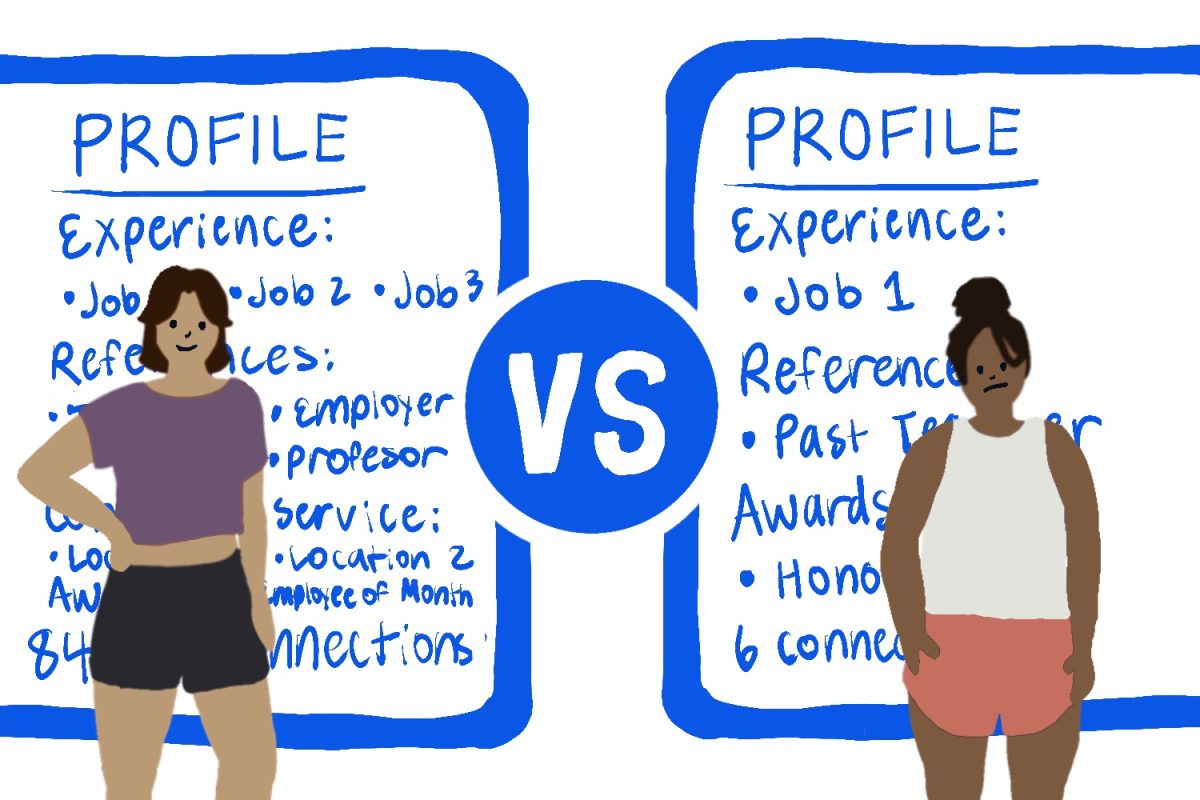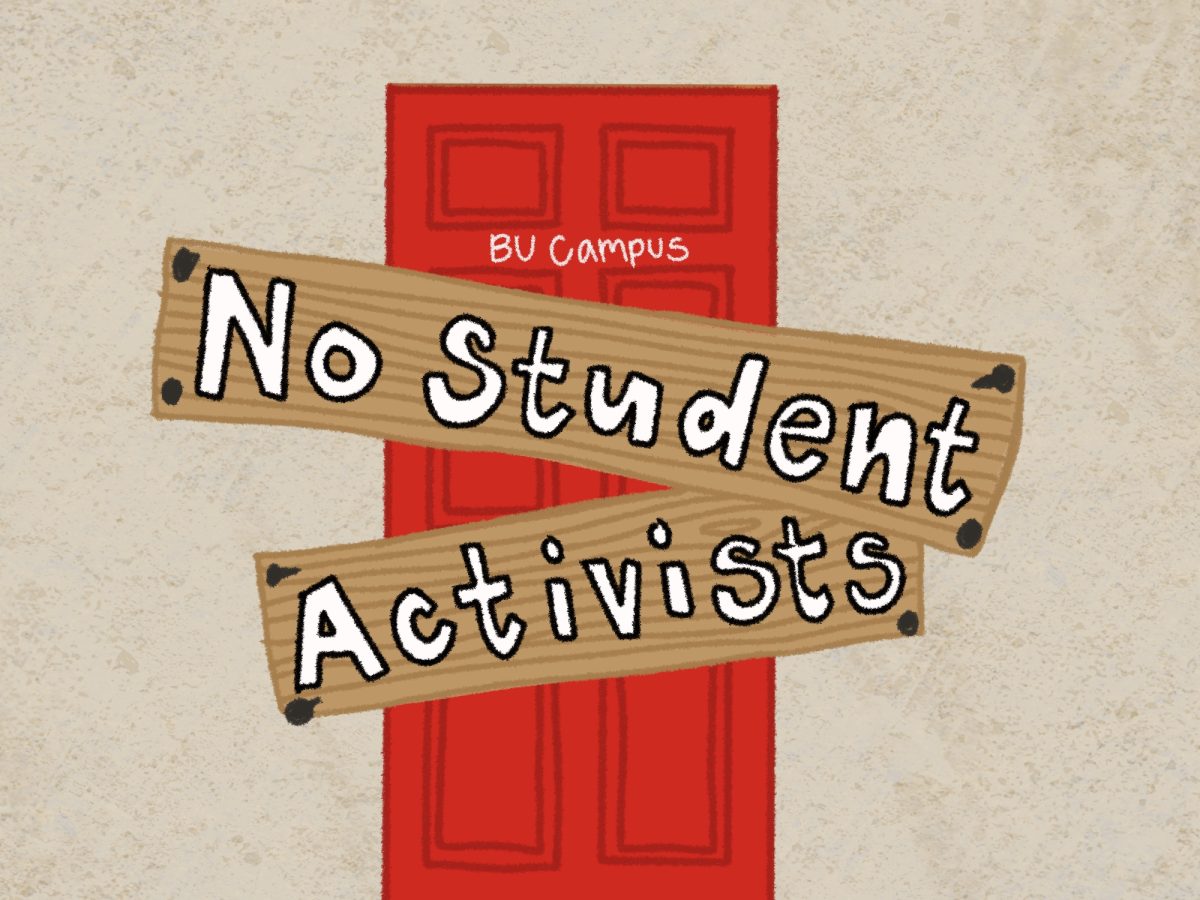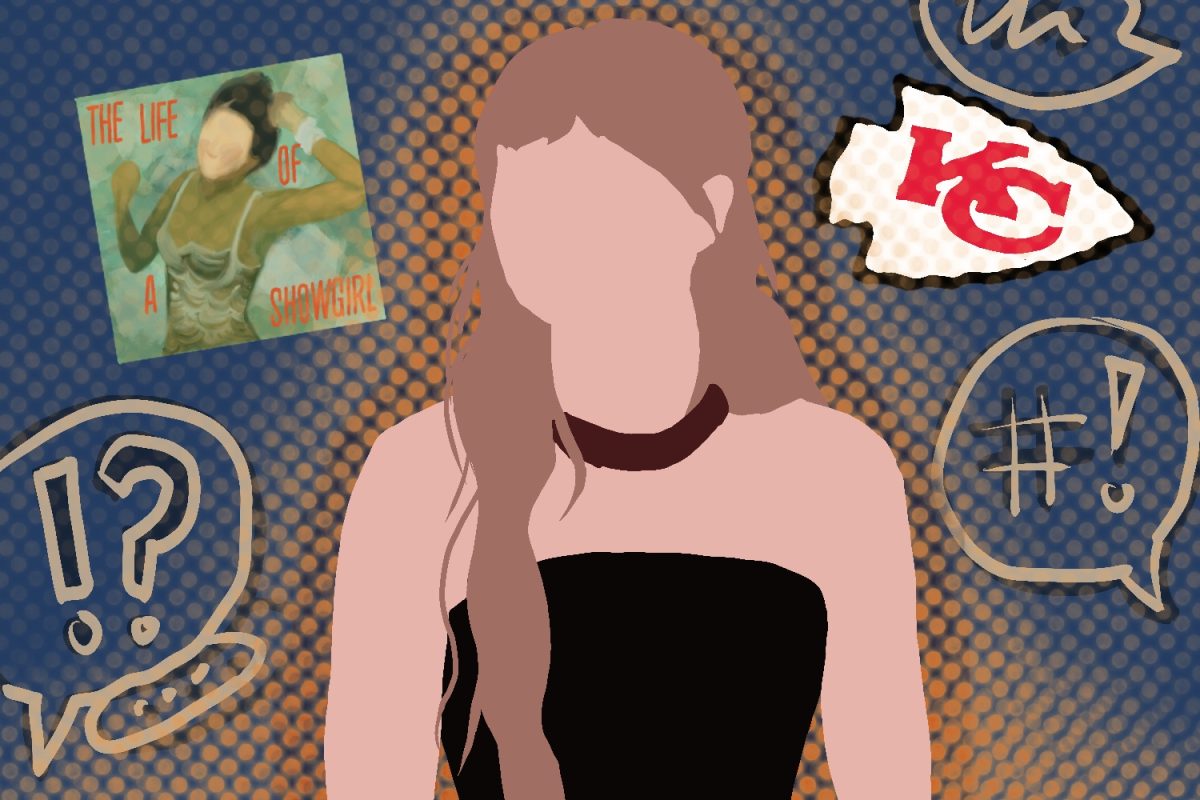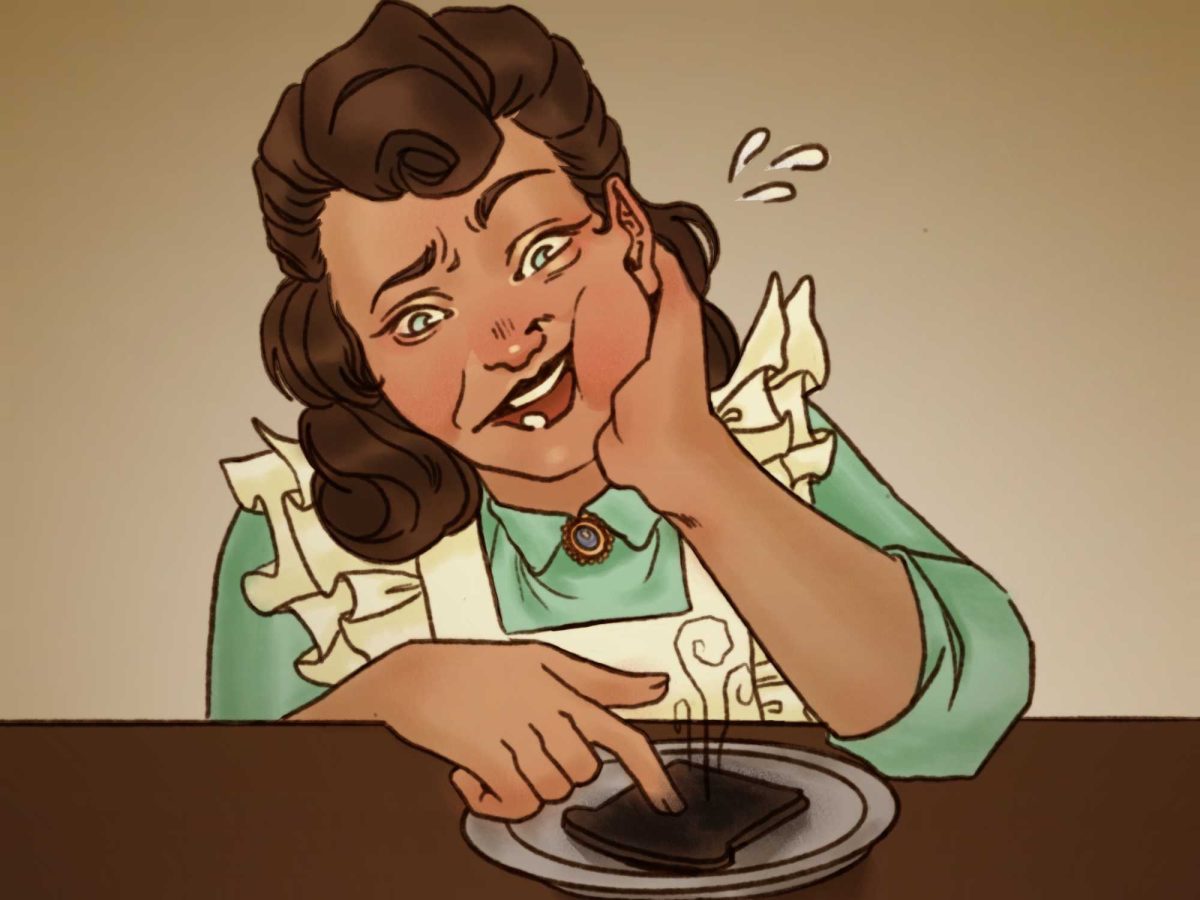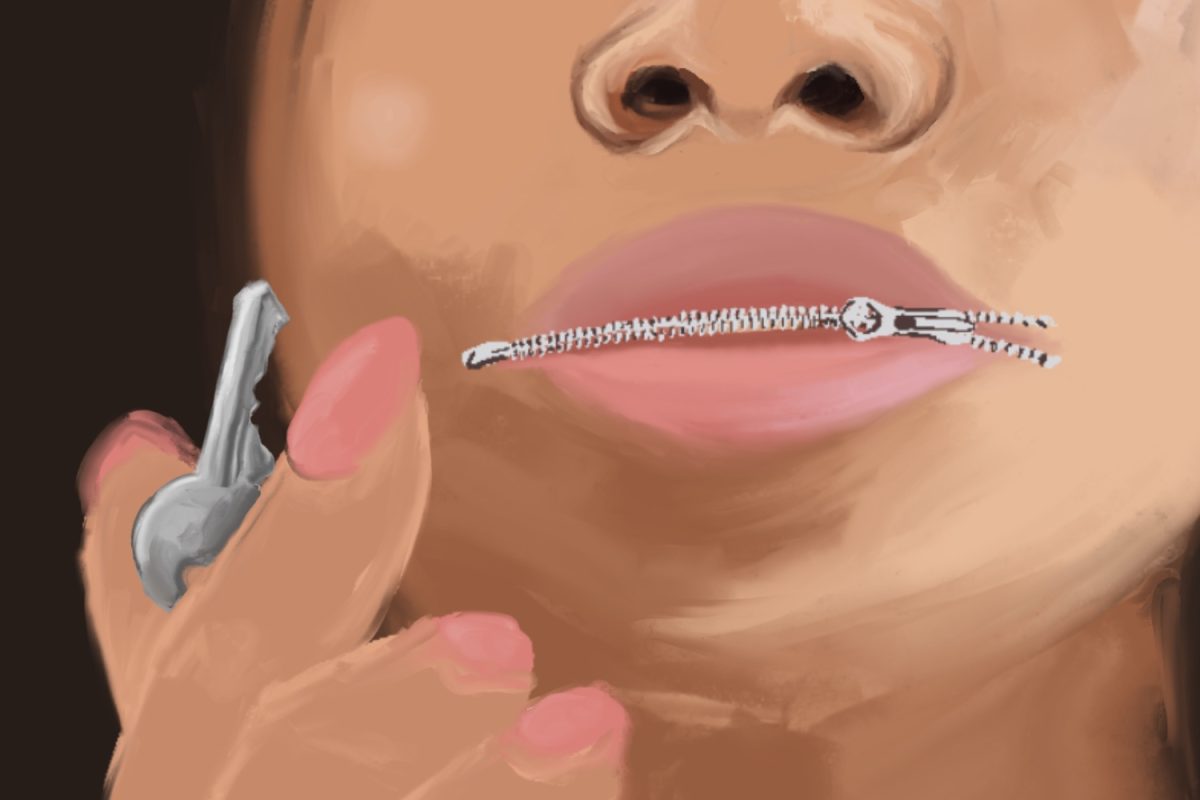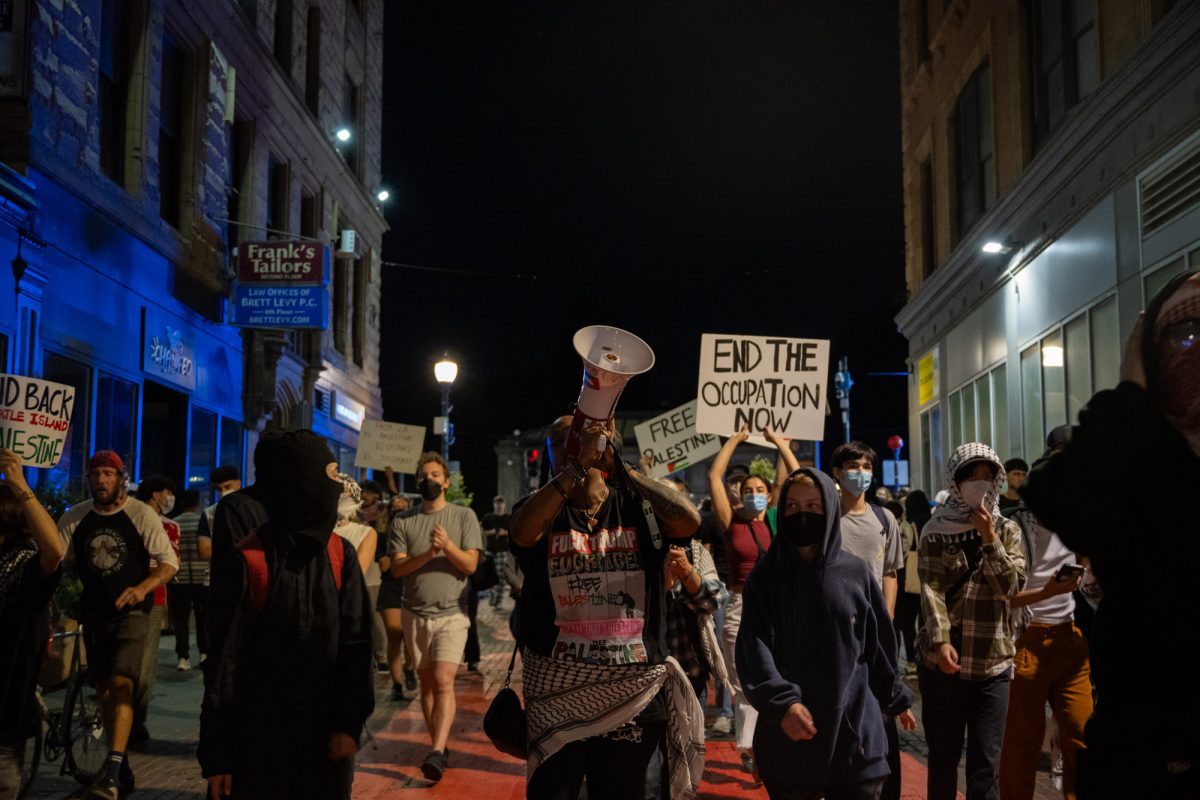In 2016, breakout romance author Colleen Hoover published what would prove to be known as her magnum opus. “It Ends With Us,” a novel-turned-film derived from Hoover’s own life experience follows florist Lily Bloom and her neurosurgeon partner, Ryle, from the beginning to the eventual disintegration of their relationship.
The relationship between Ryle and Lily explores an epidemic that is much too familiar for many people — domestic violence. While their relationship begins as respectful and loving, their dynamic very quickly turns toxic and disturbing at the hands of Ryle.
While the novel has become a New York Times bestseller and favorite amongst readers — even those who are victims of domestic violence — its critics think differently. They believe the plot of “It Ends With Us” is not educational and does not raise awareness of the issue — instead, it romanticizes it. The controversial plot became more hotly debated after its movie debut in August.
The novel’s namesake line is uttered in a hospital room. Lily has just given birth to her and Ryle’s daughter, Emerson. Lily turns to him and asks if Emerson told him her significant other had done all of the terrible things Ryle has done to Lily, would he tell Emerson to stay with him? Lily leaves Ryle and cradles the baby in her arms, telling her newborn that “it ends with us,” referring to the cycle of abuse that exists within her family.

And yet, after their divorce and the trauma he caused her, Lily still allows Ryle around their baby daughter. While this is a personal choice, allowing her daughter to still be close with her father even after what he had put Lily through may lead Emerson to resent her parents or pick sides — or even cause a repetition of the familial abuse cycle Lily wanted to avoid. In the worst case scenario, Emerson will become a victim of Ryle herself — up to 60% of domestic abuse perpetrators also harm the children in the household, according to the National Domestic Violence Hotline.
The story puts the narrative into a reader’s head that it is easier to leave an abusive relationship than it actually is. Yes, there might be instances in which a victim can remove themselves from a situation — but there are more instances where it is not possible to just pack up and leave. On average, it takes seven attempts for a victim to finally commit to leaving their partner, according to RESPOND, New England’s first domestic violence prevention agency.
Most attempts to leave an abusive partner take an incredible amount of planning, a stable support system and sometimes even interventions from family, friends and law enforcement.
The biggest controversy surrounding the recently released movie adaptation of “It Ends With Us,” however, has been the press tour.
The attitude of the cast, crew and even Hoover herself toward the film’s topic of domestic abuse was incredibly negligent. Blake Lively, who plays Lily Bloom, told audiences to “grab your friends and wear your florals” to watch the film in theaters. Lively also shut down many questions pertaining to the topic of domestic abuse in interviews , instead opting to promote her new hair care line and her liquor company at the premiere after-party.
The cast’s clear avoidance of the importance of discussing domestic abuse furthers the idea that the plot of “It Ends With Us” is a romance and its contents should not be taken seriously.
Viewers and readers may not take the time to separate art from reality. The reality is that one in three women and one in four men will be victims of Intimate Partner violence (IPV) in their lifetime, according to the National Domestic Violence Hotline and 34% of women and 6% of men homicide victims are killed at the hands of their partners.
A dissertation written by Sona Kaur at the University of California Santa Cruz states that the romanticization of IPV is highly likely. Examining women’s insights about a fictional abusive relationship made up by researchers, the results showed that abuse is most likely to be romanticized because it is normalized and could possibly even be seen as “protective” or “flattering.”
As victims and the people around them get used to seemingly small offenses, abuse can become more serious and life-threatening. If media like “It Ends With Us” were more straightforward about potential warning signs of abuse, intervention would be much easier and more likely. Unfortunately, the final stages of abuse are when it goes most unnoticed and excused.
The stigma and romanticization of domestic abuse ends with us — the audience. Awareness paired with the release of media covering intimate partner violence is crucial to ending the cycle Hoover writes about in “It Ends With Us.” Without these precautions, sentiments and warnings can get lost in a sea of miscommunication and misunderstanding.











